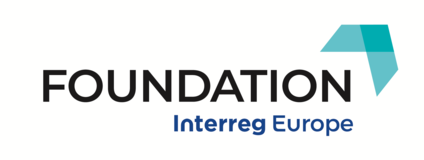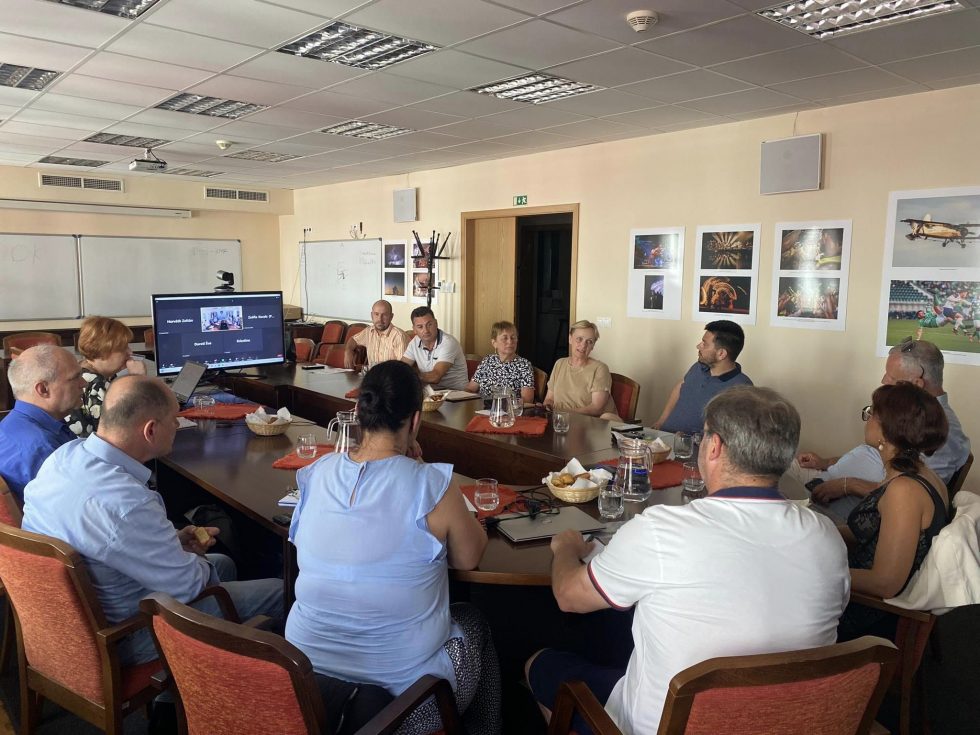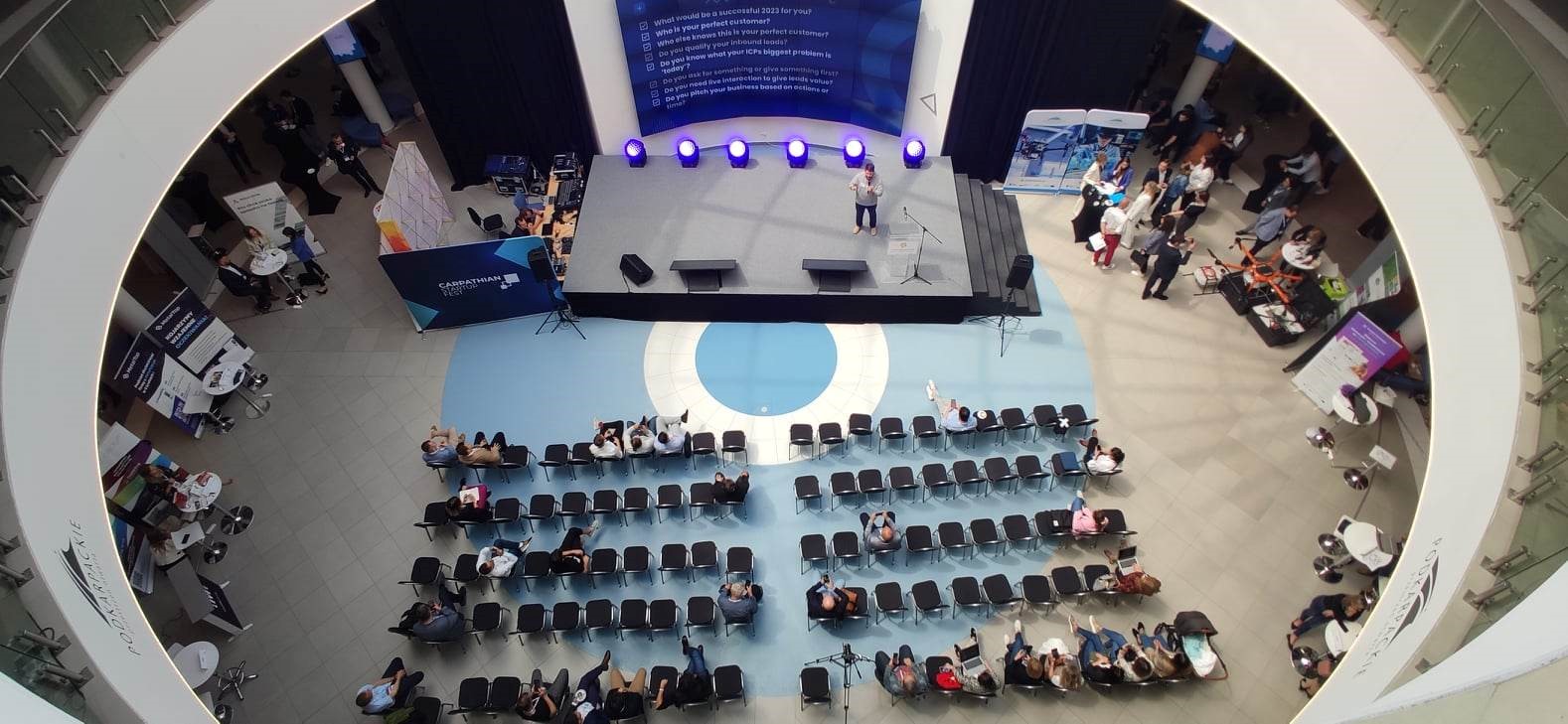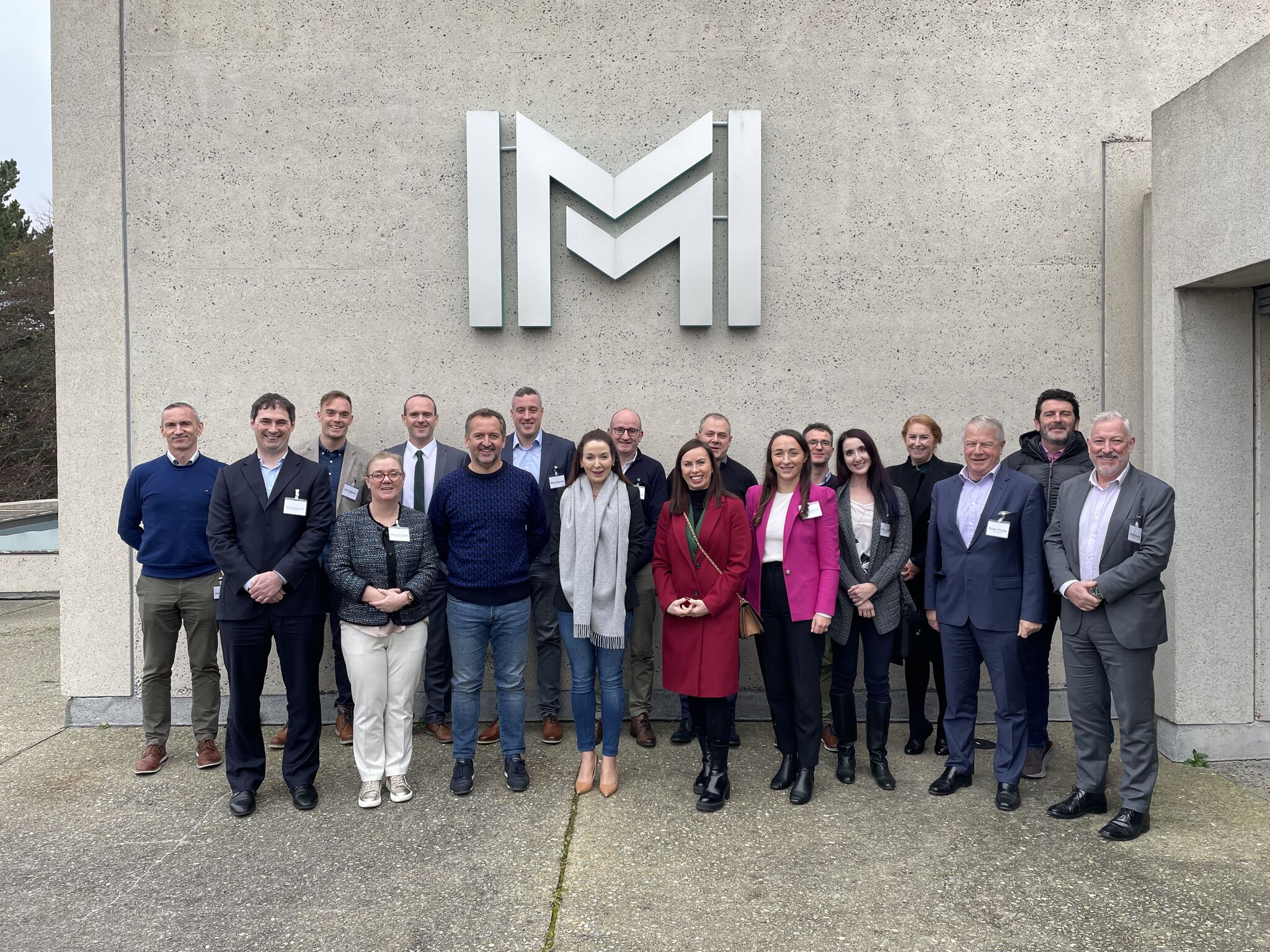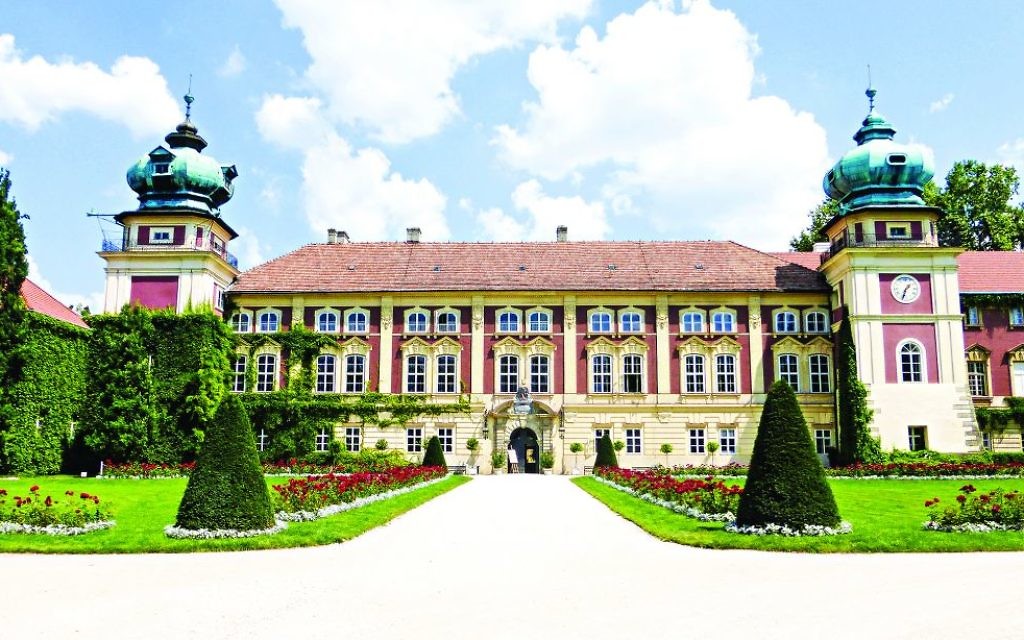The Holy Grail of the 2020s is “Resilience”, which is sought after by companies, cities, regions and nations, hoping it will cure all our problems. But what is resilience, and how can we reach it?
First, let’s make it clear, resilience is not a one-time thing to achieve, like winning a medal in a competition. Rather, it is a dynamic equilibrium, which does not mean stability, instead it manifests in a fluctuating balance.
So what are the characteristics of a resilient entity? Resilience is realised and tested vis-à-vis a crisis and to survive different crises we need different features. What is an advantage is one situation can suddenly turn into a disadvantage when the wind turns. All we can say a priori, with a universal regard to crises in general is that resilience is the capacity to either stay standing on our feet or if we fall, then stand back again as soon as possible.
In a more formal way, we can say that resilience is the ability of an entity to cope with changes, adapt to and recover from negative impacts coming from the environment. It is the capacity to bounce back – or is it not? Some say resilience is not bouncing back but bouncing forward – as Heraclitus said: “no man ever steps in the same river twice, for it's not the same river and he's not the same man”. Bouncing back would mean to get back to somewhere we have been at already, some time ago. As a matter of choice, shocks, crises and the process leading to resilience should help us to take the steps ahead, look into the future and target the goals we prefer to achieve tomorrow, not the ones we had yesterday.
Does it mean that we cannot prescribe any specific qualities for entrepreneurial resilience? Of course not. Resilience is definitively built on flexibility, the ability to change and adapt – and one more crucial thing: the ability to identify in due time when to change and how to adapt. Being well informed, both about the outside environment in which we operate but also about our own organisation, having the appropriate tools to measure and analyse, evaluate the situation are the cornerstones of any potentially resilient move afterwards.
Various analyses identify different resilience factors such as having a portfolio of business finance tools, a diversity in buyers and suppliers, spendings for R&D&I, allocation of investments into IT and modern, efficient technologies, devoting efforts for trainings and education, getting involved in professional and social networks. But when these options are available for a set of companies, what makes some of them more resilient than the others? The managerial skills, the entrepreneurial spirit that makes the decisions on strategy, investments and portfolio building, are the hardest to be grasped yet the most crucial bits for resilient companies.
Not only enterprises can be resilient but larger entities as well. Regional resilience represents the meso-level of resilience: still within reach of individual companies, in connection with local stakeholders but aggregating in terms of geographic location, in terms of industries and services and in terms of societal actors: companies, employees, citizens, universities and academia, NGOs, public sector and private sector actors.
Consequently, resilience of a region relies on the resilience of all actors (very importantly: their capacity to retain crucial knowledge and key personnel, their adaptive skills in terms of curricula changes reflecting real life shifts and tendencies, etc.), resilience of citizens and employees (e.g. their resilience in terms of geographical mobility needed to work in another city, motivation in terms of lifelong learning, etc.) and most importantly, resilience of regional policy making.
Regional policy stakeholders therefore have a unique responsibility to think ahead, measure ahead and plan ahead while formulating a supportive but flexible environment in which the local, regional actors can reach their potential and act resilient in the turbulent times that are ahead of us.
